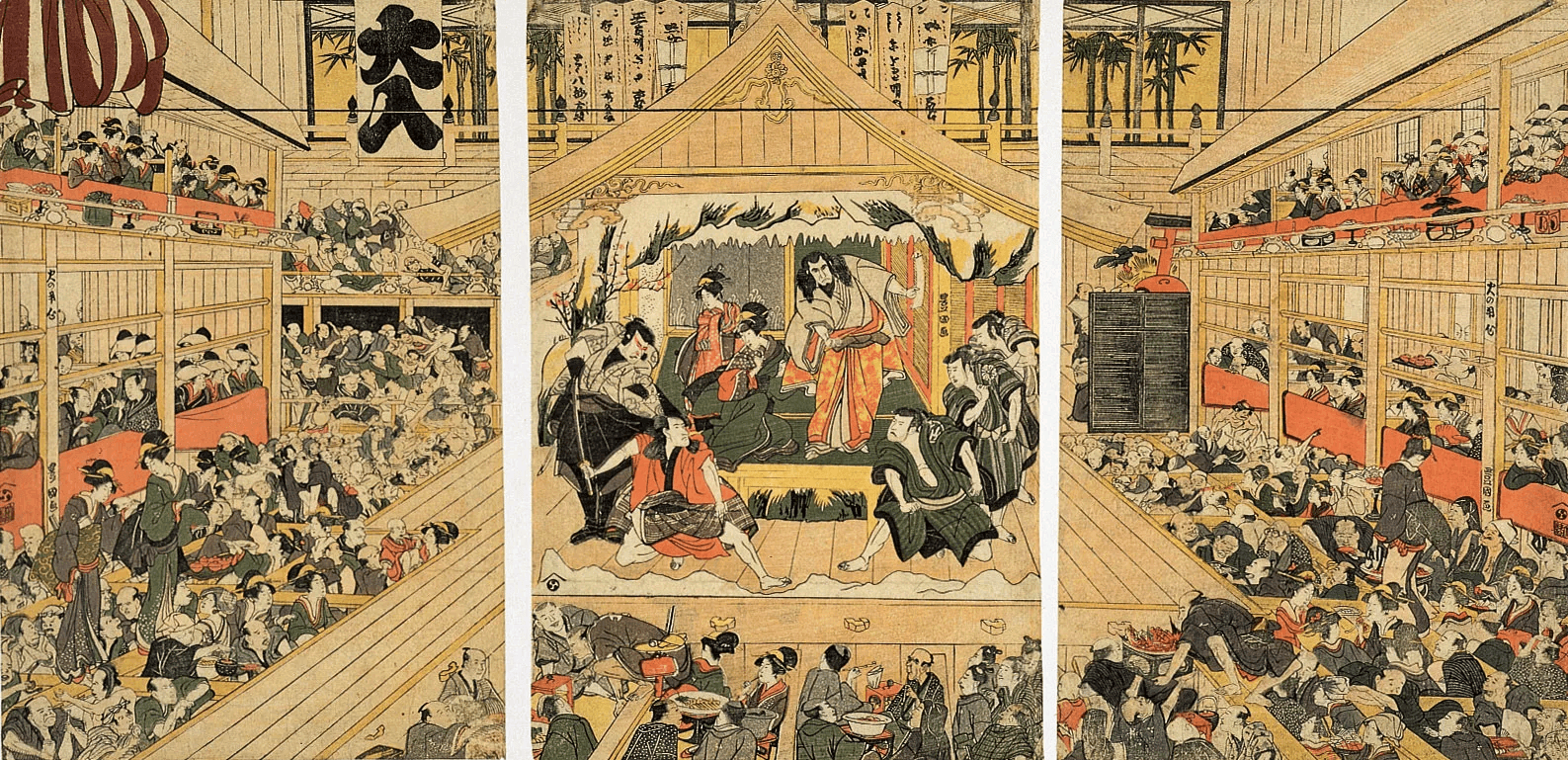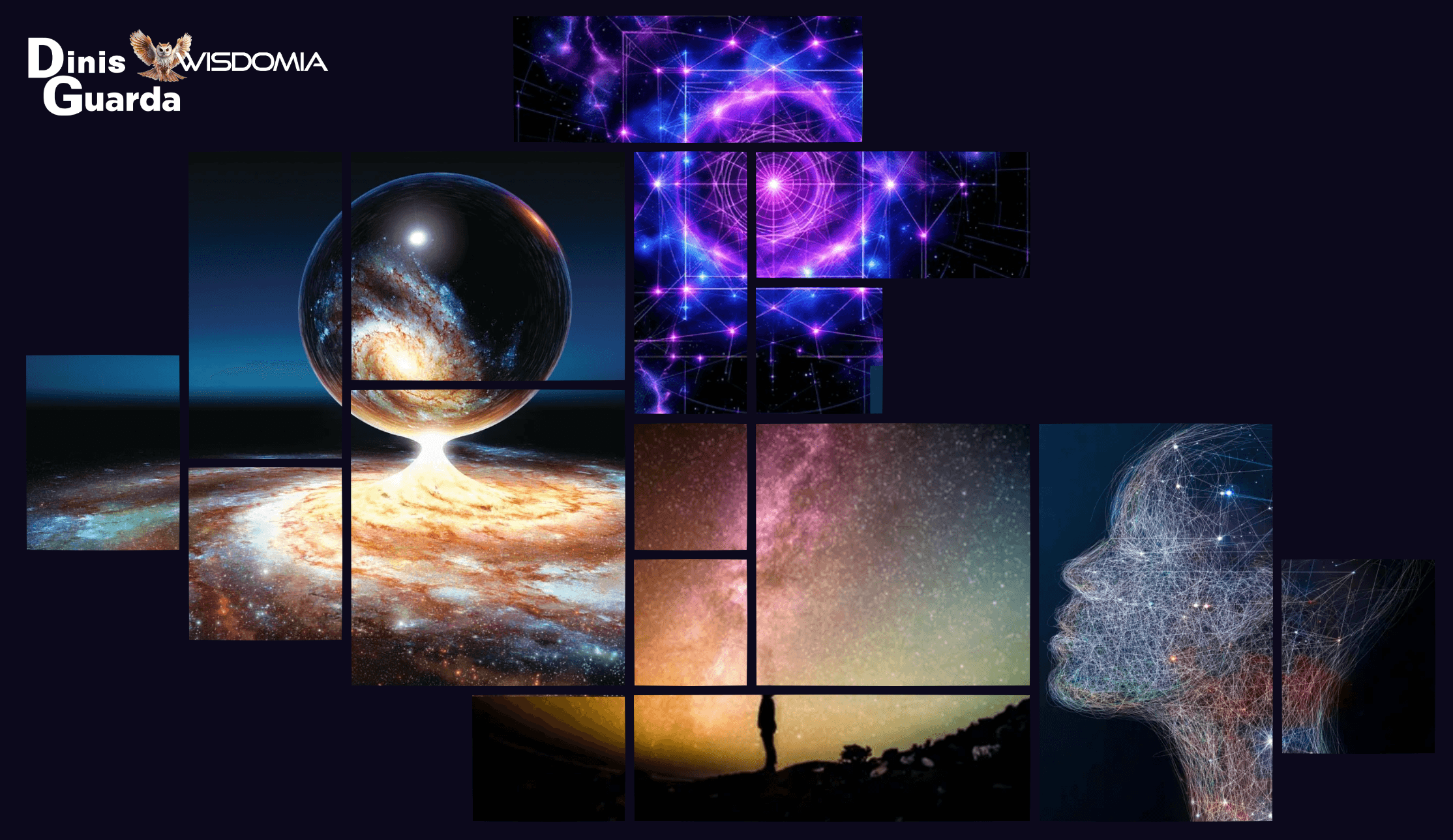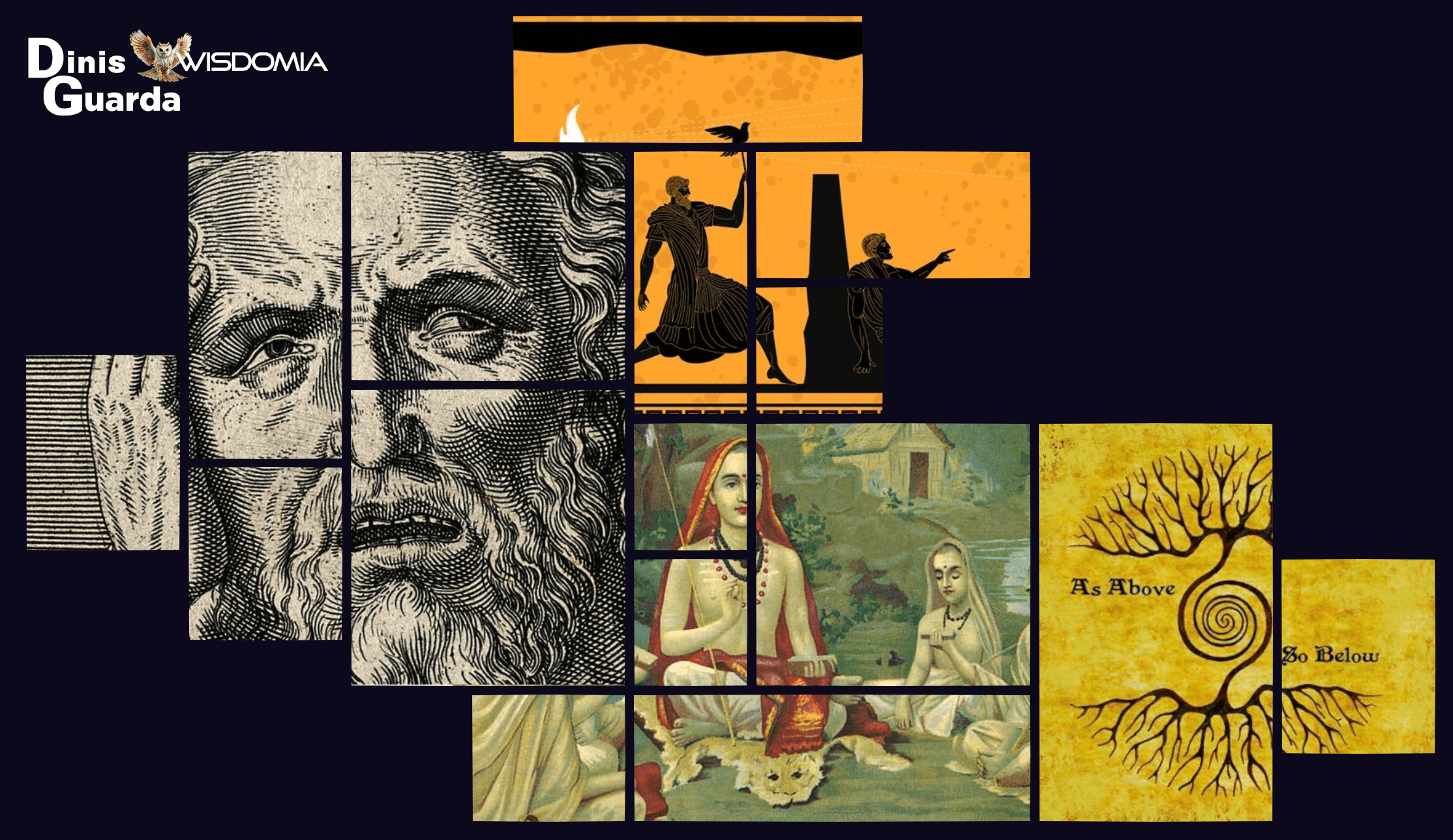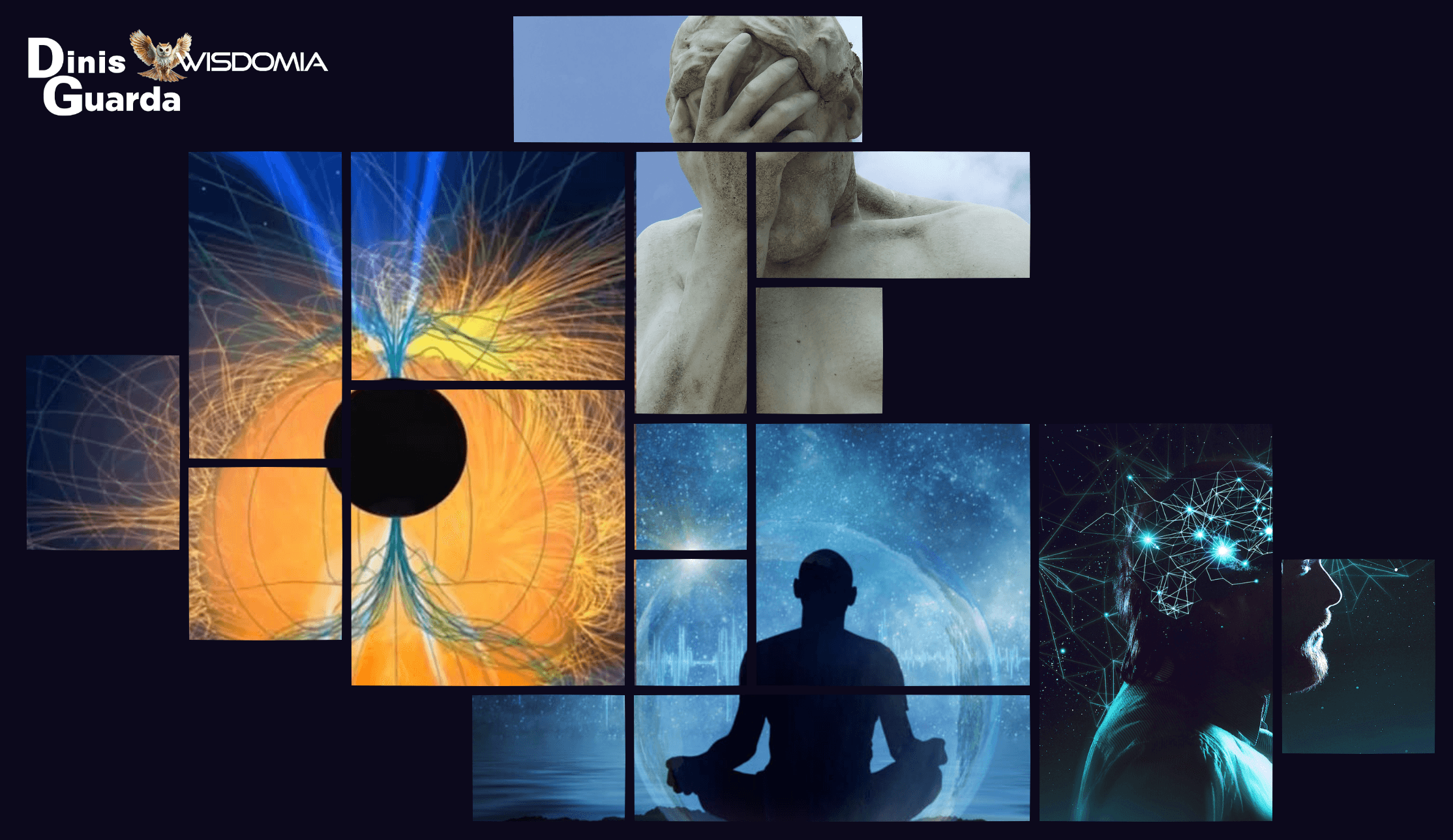Exploring Kabuki Art: A Fusion of Drama, Dance and Tradition
Hind MoutaoikiIR&D Manager
Fri May 02 2025

Whilst the modern world rushes headlong into its digital future, there exists in Japan a theatrical art form that has, for centuries, captured the very essence of human emotion through its spectacular blend of drama, dance, and music. Kabuki, with its vibrant costumes and stylised movements, continues to bewitch audiences just as it did when it first emerged in the early 17th century.
As one stands before the ornate wooden stage of a Kabuki theatre, time seems to slow. The haunting notes of the shamisen fill the air, and one cannot help but feel a stirring of anticipation. What marvels shall unfold before our eyes tonight? What ancient tales will come alive through the extraordinary skill of performers whose craft has been honed through generations?
The Birth of an Art Form: Rebellion in Beauty
Kabuki began, rather remarkably, as an act of rebellion. In 1603, a shrine maiden named Okuni performed a new style of dance-drama along the dry riverbed of Kyoto's Kamo River. Her performances – bold, sensual and entirely novel – caused quite the sensation. Women portraying men, men portraying women – such gender-bending performances challenged the rigid societal norms of Edo-period Japan.
The authorities banned women from performing in 1629. Rather than destroying the art form, this restriction gave birth to what we now recognise as classical Kabuki, with male actors taking on all roles, including female characters – the famed onnagata tradition that continues to this day.
One imagines the determination of those early performers, defying convention to create beauty. Does that not speak to something within us all – that yearning to express what society might wish to suppress?
The Language of Kabuki: A Theatre of Symbols
To watch Kabuki is to enter a world where every gesture carries profound meaning. The mie – those dramatic poses where actors freeze at moments of emotional intensity, eyes crossed – serve as powerful exclamation marks in the visual language of performance. The rhythmic stamps of the actor's feet upon wooden boards (tachimawari) create tension during fight scenes that resonates in one's very chest.
The makeup – kumadori – with its bold lines of red, blue, brown, and black upon a white base, instantly communicates a character's nature. Red lines signify righteousness and passion, blue represents villainy, while black portrays spirits or supernatural beings.
Standing before such artistry, one feels humbled by the devotion required to master these traditions. In our world of instant gratification, is there not something deeply moving about an art form that demands decades of disciplined study?
The Soul of Kabuki: Emotional Resonance
At its heart, Kabuki speaks to our most fundamental emotions – love, revenge, sacrifice, loyalty. The play "Kanadehon Chushingura" portrays the legendary tale of forty-seven loyal retainers who avenged their master's death, a story that still brings tears to Japanese eyes centuries later. "Yoshitsune Senbon Zakura" explores the tragic conflict between duty and family bonds, touching something universal in the human experience.
When one witnesses the moment a character faces their downfall, their grief expressed through the stylised movement of a hand or the subtle angle of the head, it speaks directly to one's soul. Despite the elaborate costumes and stylised performances, what rings true is the raw human emotion beneath.
Have you ever felt so deeply that conventional expression seemed inadequate? Kabuki gives form to those profound emotions that sometimes lie beyond ordinary words.
Kabuki in the Modern Age: Tradition Meets Innovation
It would be a grave mistake to view Kabuki merely as a museum piece, preserved but no longer evolving. Today's Kabuki actors – many from families that have practiced this art for generations – face the delicate challenge of honouring tradition while keeping their art relevant to contemporary audiences.

Super Kabuki, pioneered by Ichikawa Ennosuke III, incorporates modern staging techniques and special effects. The National Theatre of Japan offers earphone guides in multiple languages, making this art form accessible to international visitors. Some companies have even experimented with adapting Shakespeare and modern stories into the Kabuki format.
Is this not the true measure of a living tradition – that it continues to breathe and grow while maintaining its essential character?
The Wisdom of Kabuki: Lessons for Our Times
In our rushed modern existence, Kabuki offers profound teachings. It reminds us of the power of patience – both for the performers who spend lifetimes mastering their craft and for audiences who learn to appreciate the deliberate pacing of a traditional performance.
It speaks to the beauty of discipline and dedication. When one watches a young actor perform alongside his father and grandfather, one witnesses the fruit of knowledge passed carefully from one generation to the next.
Perhaps most importantly, Kabuki teaches us about the enduring power of human creativity. Through wars, natural disasters, and profound social changes, this art form has survived and flourished. It stands as testimony to our human need to create beauty and meaning, even in challenging times.
previous
The Symbolical Meaning of Penguins: Wisdom from Earth's Elegant Wanderers
next
How a Philosophy Degree Builds Critical Thinking and Communication Skills
Share this
Hind MoutaoikiI
R&D Manager
Hind is a Data Scientist and Computer Science graduate with a passion for research, development, and interdisciplinary exploration. She publishes on diverse subjects including philosophy, fine arts, mental health, and emerging technologies. Her work bridges data-driven insights with humanistic inquiry, illuminating the evolving relationships between art, culture, science, and innovation.
More Articles

Community as Classroom: When the Village Teaches : Redefining Where Learning Happens

Each Being Is Humanity: The Cosmic Responsibility of Conscious Participation

When Ancient Wisdom Met Quantum Physics: The Philosophical Synthesis

The Mirror Universe: Why Reality Reflects All Your Signals

Who Does What: The Stakeholder Action Plan for Universal AI Accessibility





